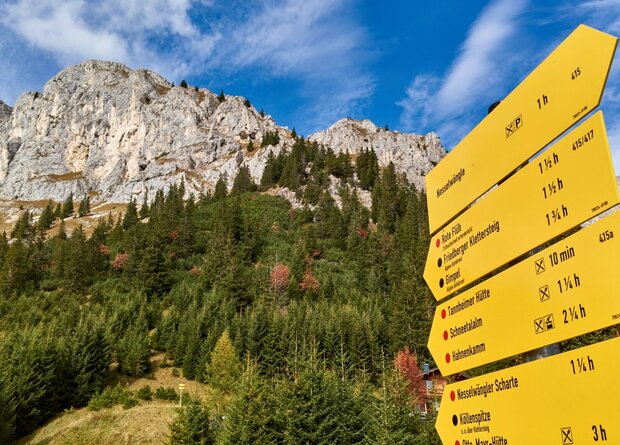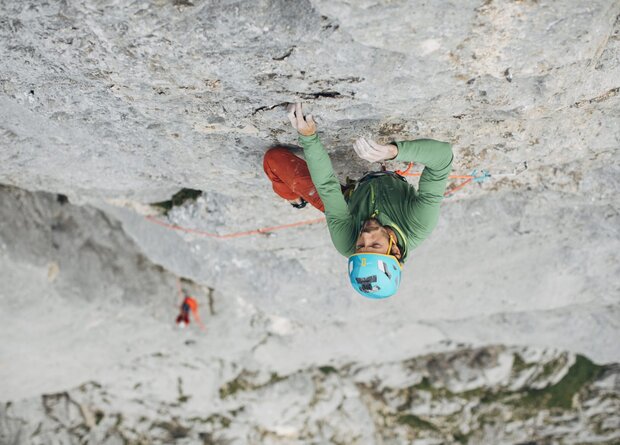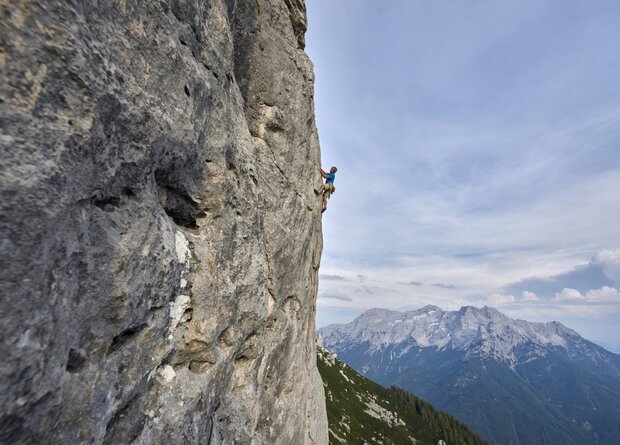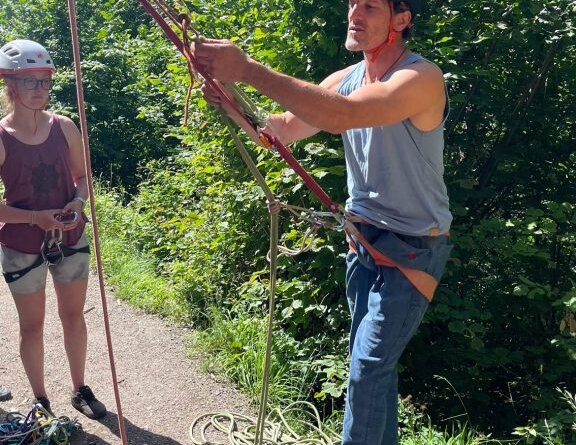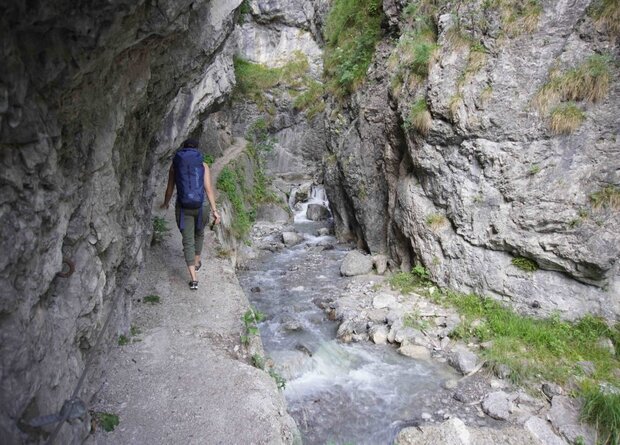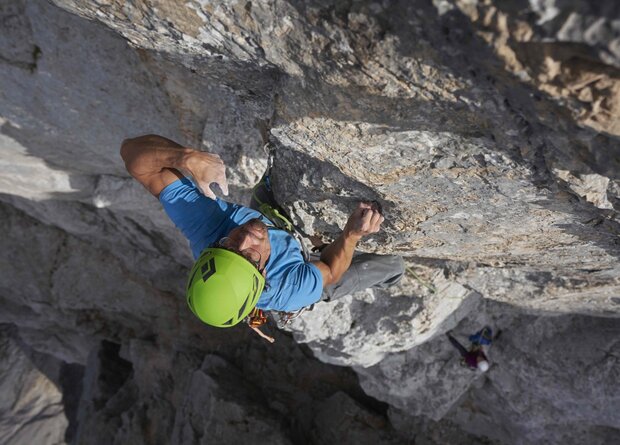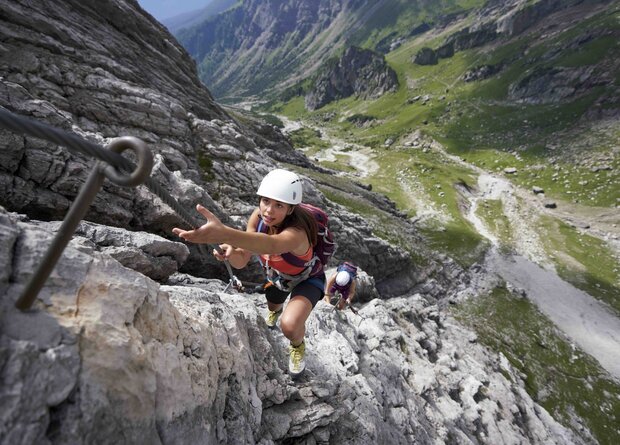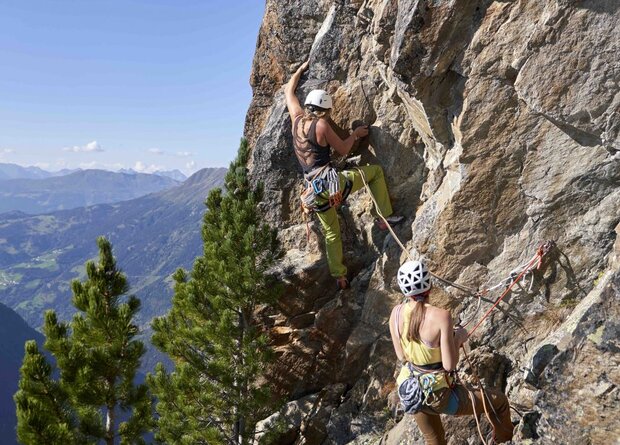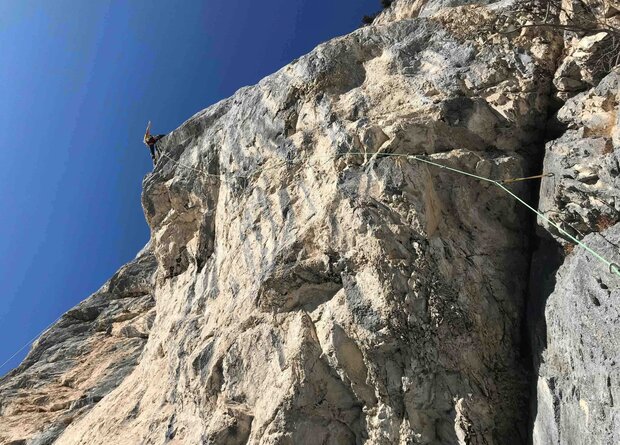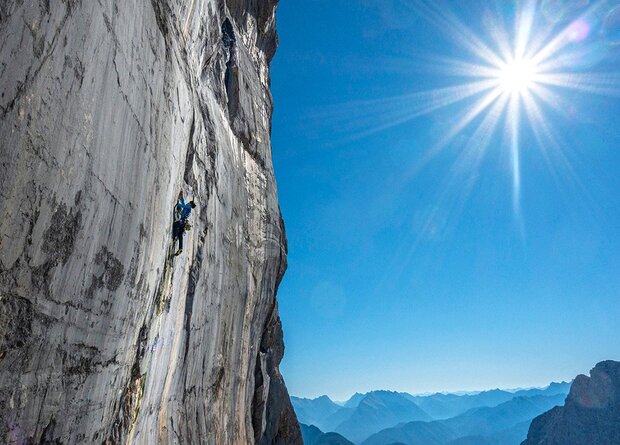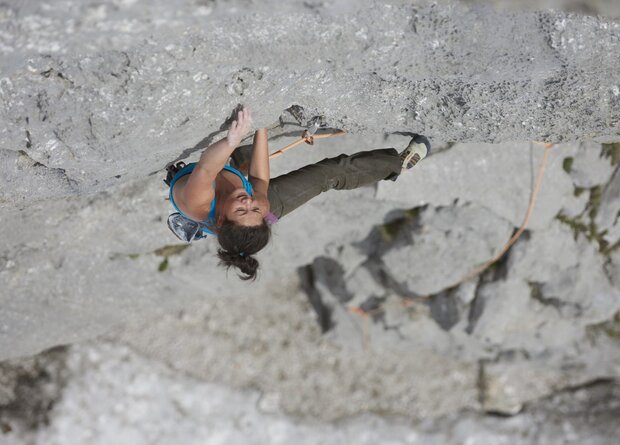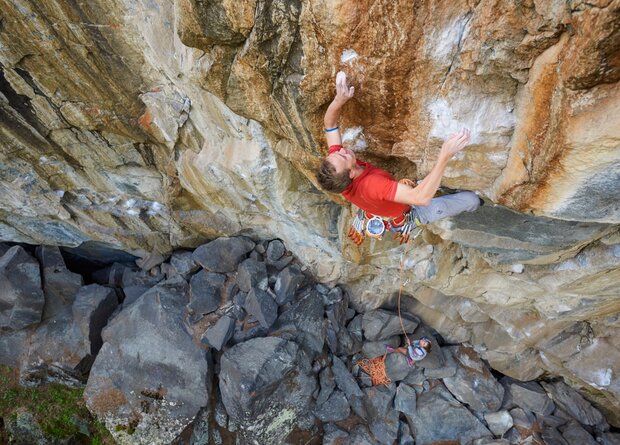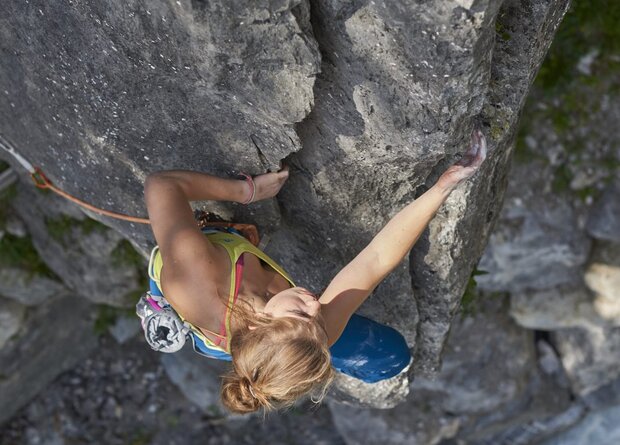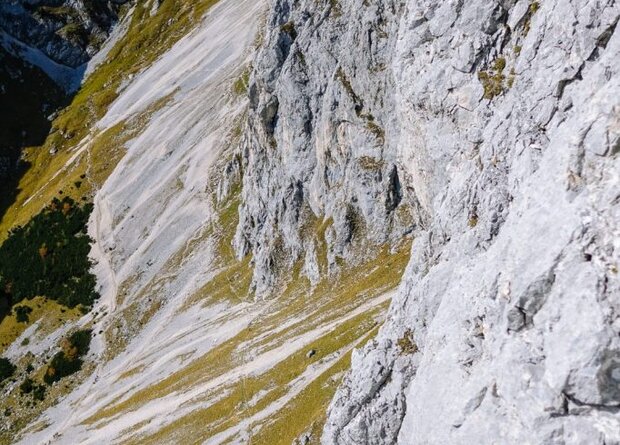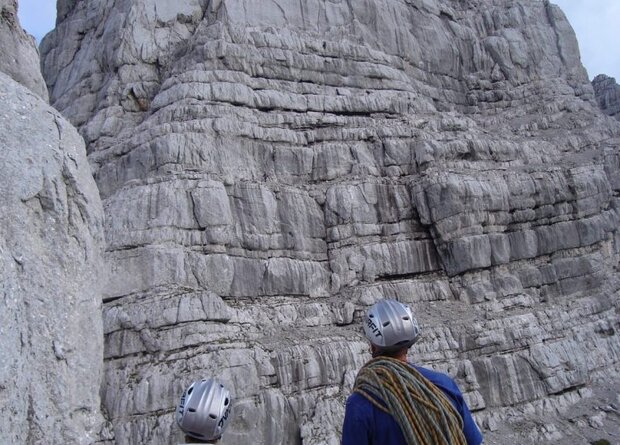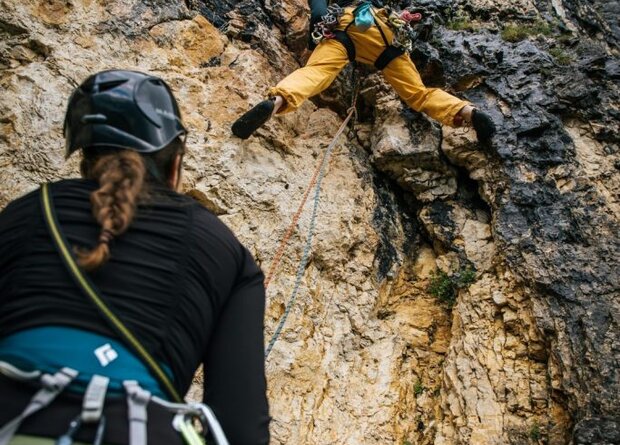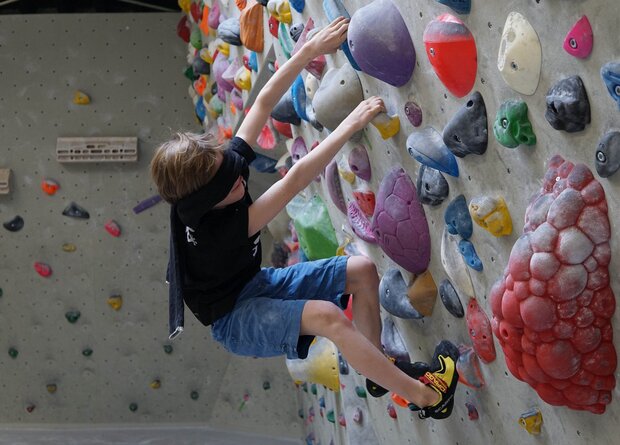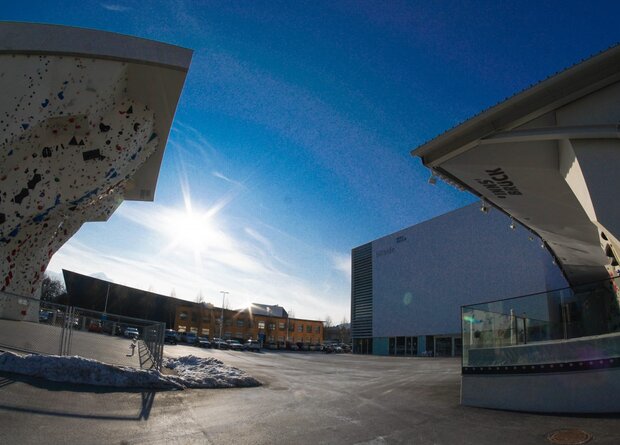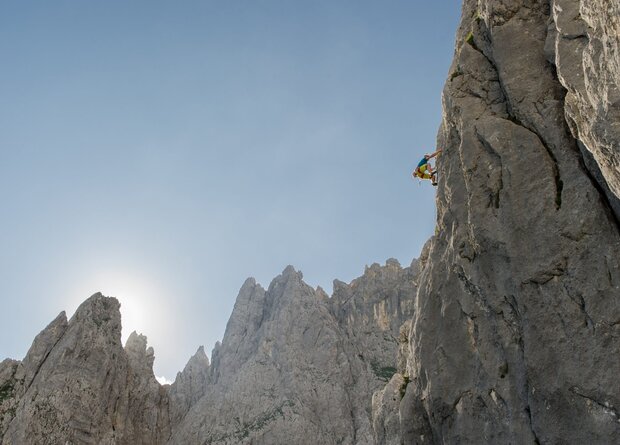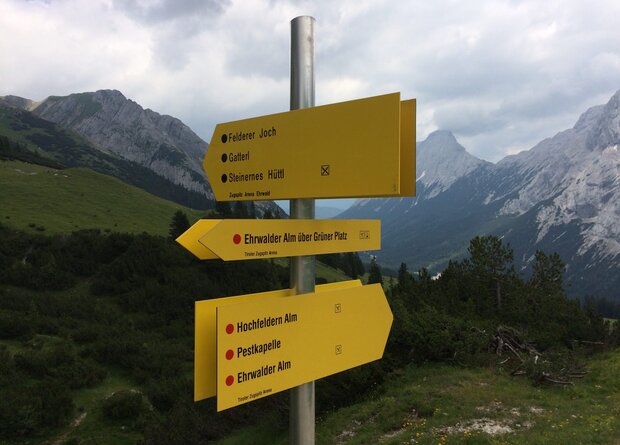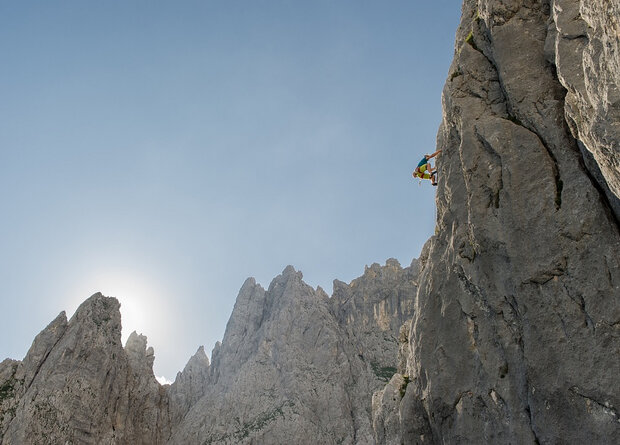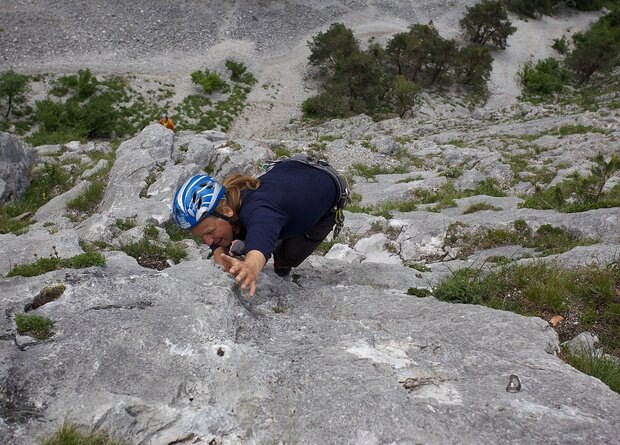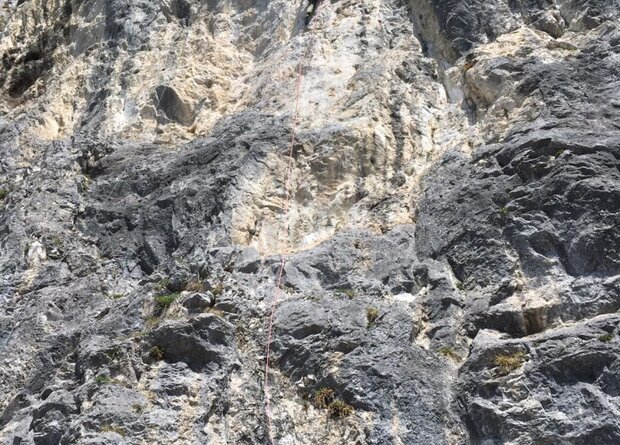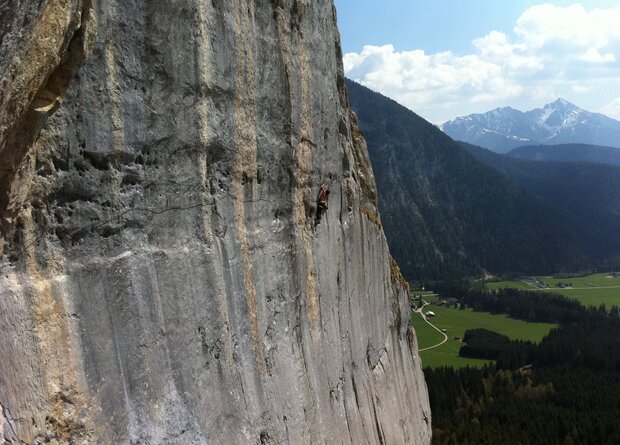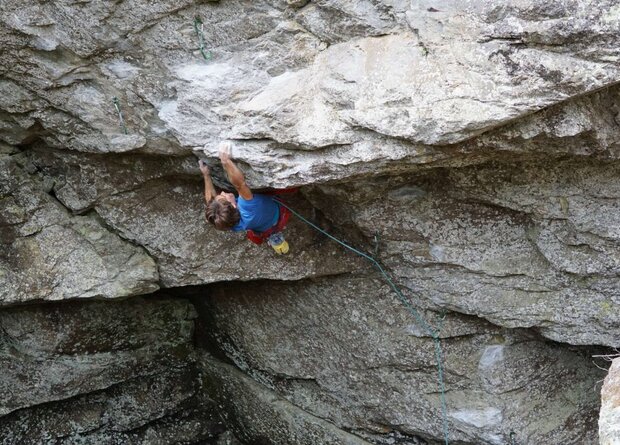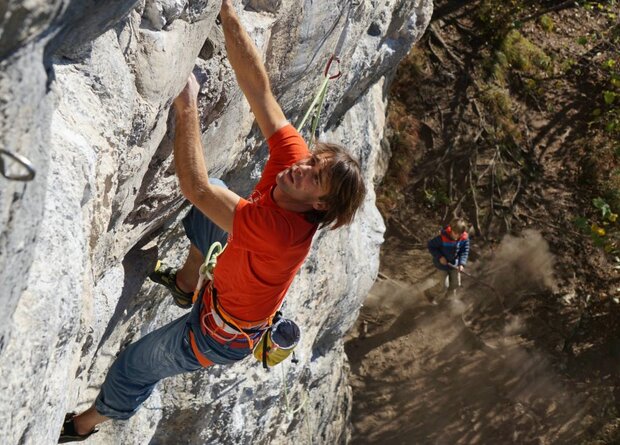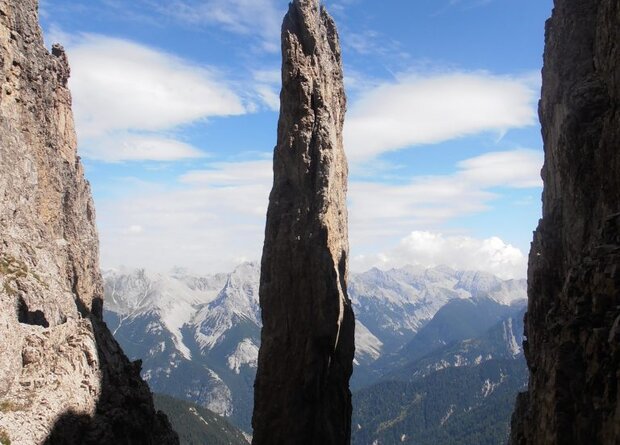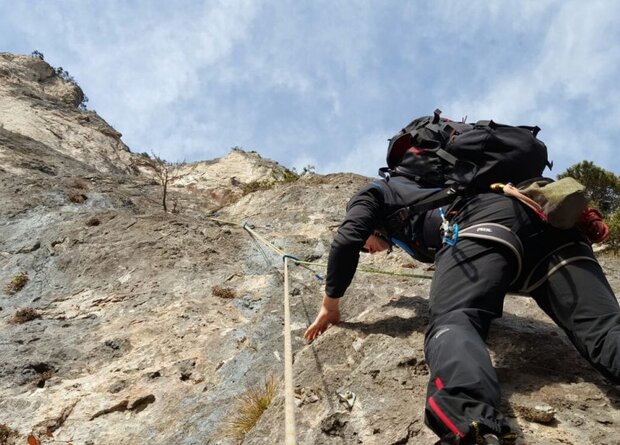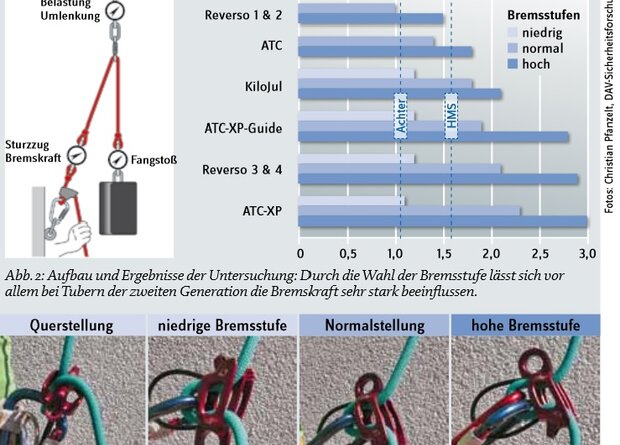We are asked these questions and more time and time again. After all, our lives depend on our climbing equipment, especially PPE, personal protective equipment such as climbing harnesses, climbing ropes, belay devices, slings and steel carabiners.
We want to shed some light on the equipment jungle:
Let's start with the climbing rope.
Modern climbing and mountain ropes can no longer break unless there is a sharp-edge load, i.e. a fall over a sharp rock edge or similar (a sharply ground-in carabiner) or contact with acid, e.g. car battery acid.
More often, however, the climbing rope wears out. With frequent use (2-3 times a week, or many falls into the climbing rope), the sheath becomes furry, especially on the first few meters of the rope. If the core then becomes visible, the affected areas can be cut off and the climbing rope can still be used.
Caution! The center marking and the rope length are then no longer correct.
If the climbing rope is used very rarely, we follow the manufacturer's instructions, which state that a climbing rope that has rarely or never been used must be discarded after 6-10 years. You must bear in mind that a climbing rope is made of plastic, which is subject to ageing even when not in use.
We recommend a rope with a diameter of approx. 9.5 - 10 mm and a length of approx. 70 to 80 meters for sport climbing on the rock.
The climbing harness
The same applies to climbing harnesses.
With frequent use, a harness wears out, especially at the rope loops, and must then be discarded. Otherwise, as with the rope, after 6-10 years, depending on the manufacturer, the climbing harness must be replaced.
There are different harnesses depending on the intended use. All-round harnesses with many adjustment loops cover a broad spectrum from sport climbing to alpine climbing, via ferrata and alpine tours. They can do many things well, perhaps not as perfectly as the special harnesses, but are the best choice for occasional climbers.
It is important to try the harness on, because you only notice whether it fits when you are hanging in the harness.
Belay devices
Belay devices are divided into two groups.
There are dynamic belay devices, such as HMS (half-mast lanyard), tubers and semi-automatic belay devices, such as the Petzl GRIGRI or AustriAlpin Fish.
Dynamic belay devices are no longer recommended for sport climbing. This goes so far that belaying with tubers is prohibited in certain climbing gyms.
Suitable belay devices are part of the climbing equipment
Semi-automatic belay devices are particularly suitable for sport climbing, whether in the gym or on the rock. We recommend the Petzl Grigri, AustriAlpin Fisch, Mammut Smart, Salewa Ergo and Edelrid Jule.
The following applies: Climbing rope, carabiner and belay device must fit together. Many belay devices are now only sold with a matching carabiner anyway.
Climbing shoes
Few things are discussed as much as the right climbing shoes. The general rule is: climbing shoes must fit, but they must also be (too) small. You can only climb steps cleanly with small shoes.
Climbing shoes must fit snugly
This applies all the more to beginners. You can't learn to step and climb with shoes that are too big.
It is therefore best to try out different models in the store and get advice on which models stretch and therefore need to be bought even smaller.
Express slings and carabiners
Carabiners have no expiration date, but they can also wear out. They must be sorted out if the gate no longer closes or if they are ground in. Caution: There have already been rope tears on carabiners that have been sharpened on one side.
If the carabiners on quickdraws are still in good condition after 6 to 10 years, you can buy a new one with just the webbing in between.
On the left a new quickdraw, on the right fixed material from climbing gardens
Be careful with fixed slings or carabiners in climbing gardens. It is often no longer possible to determine their age, or they age more quickly due to the effects of the weather. It is also essential to look out for sharp edges on carabiners. Both aluminum carabiners and steel carabiners can have dangerously sharp edges on fixed quickdraws, which can cause a rope to break.
Use common sense to decide whether you can trust the material or whether replacing it is the better solution.
